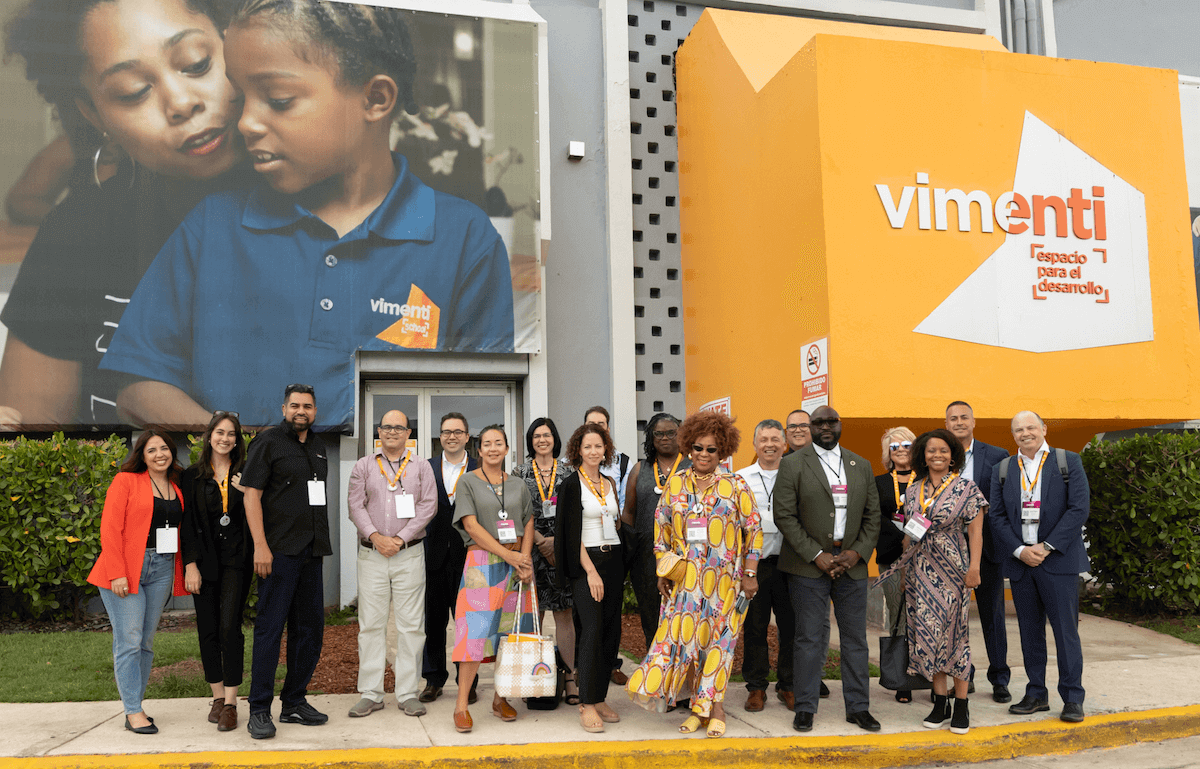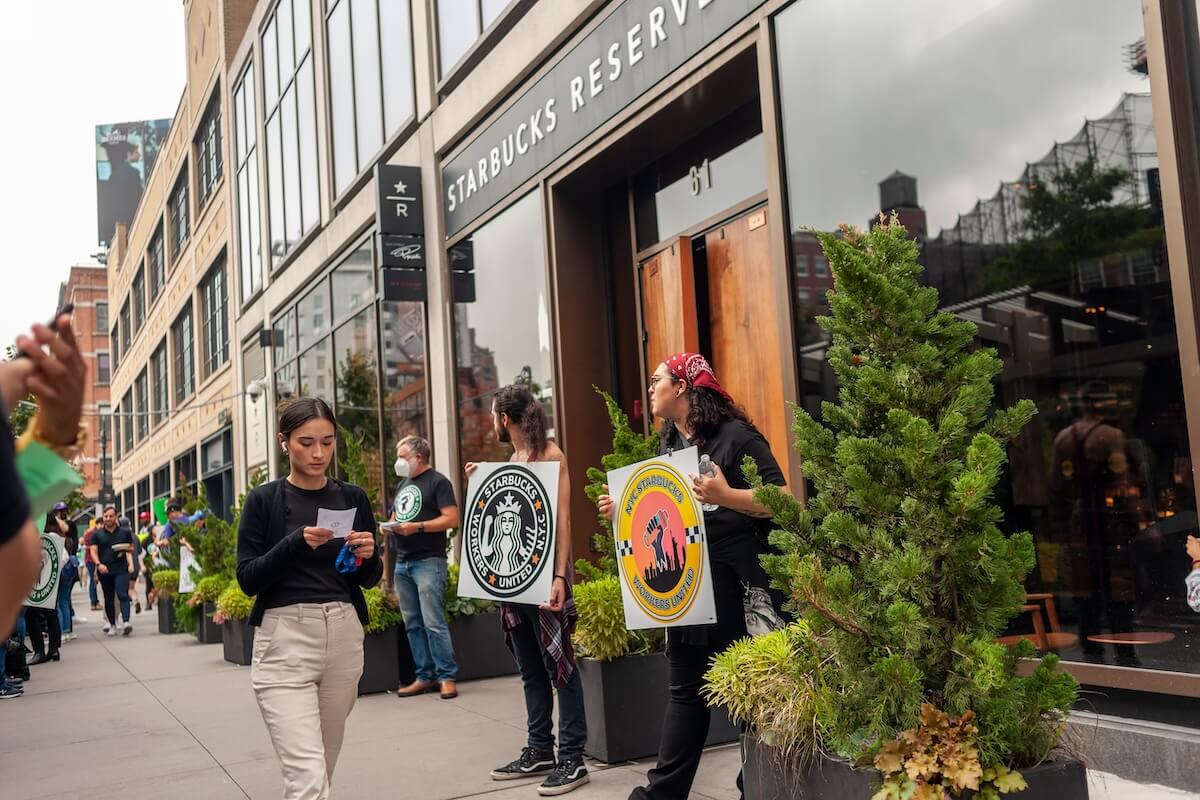Greetings, Agents of Impact!
Featured: Climate Resilience
Appalachia emerges as a climate refuge – and its community infrastructure feels the strain. With its mountainous terrain, water resources and ecological diversity, the Central Appalachia region across West Virginia, Kentucky, North Carolina and other states stands to be a refuge for climate migrants fleeing droughts, floods, wildfires and other calamities in other US regions, especially coastal areas impacted by rising sea levels. To become a climate “haven,” however, the region needs investment in affordable housing, community health and economic development to be able to welcome, and prosper from, the influx of newcomers. Climate havens are regions that both avoid the worst effects of climate disasters and have the infrastructure in place to welcome climate migrants. “Central Appalachia is predicted to have resources and naturally a very resilient environment, which makes it very well poised for in-migration,” Baylen Campbell of Invest Appalachia told ImpactAlpha. Invest Appalachia is seeking to raise $40 million to deploy catalytic capital for economic inclusion, health equity, climate resilience, and place-based impact in Central Appalachia. The opportunity, and necessity, Campbell says, “is not only to keep folks who are in and from Appalachia, but also to create the absorptive capacity for newcomers.”
- Climate infrastructure. A “whole-system approach” is needed to prepare the region for climate in-migration, says the authors of “Climate resilience in Central Appalachia: Impacts and Opportunities.” The report calls for public investment and incentives for affordable housing strategies to prevent lower-income residents in Central Appalachia from having to move into more at-risk areas as climate-driven rural gentrification picks up. In Eastern Kentucky, Housing Development Alliance, HOMES Inc., and other developers are moving flood-impacted residents to less vulnerable areas. The Appalachian Climate Technologies Now Coalition, or “Act Now,” including Coalfield Development, ACEnet and Appalachian Sustainable Development, is working to build green infrastructure through solar energy, energy efficiency and electric mobility. The coalition last year secured over $90 million in federal and philanthropic funding.
- Coal to solar. “We’ve exported a lot of coal, but we can export renewable energy,” says Brandon Dennison of Coalfield Development in West Virginia, which has launched green and social enterprises, including Solar Hollar, one of the first solar companies in southern West Virginia, and is leading Act Now (see, “Forging a path for Appalachia’s green economy”). “We can take a former mountaintop removal site, which is a huge scar on the landscape, convert it to a solar farm, and use the power lines nearby to export green energy up and down the East Coast,” Dennison said. The Biden White House, he added, “is giving rural America more attention than we’ve had in a long time, and they’re specifically giving fossil fuel communities more attention than they’ve had in a long time.”
- Keep reading, “Appalachia emerges as a climate refuge – and its community infrastructure feels the strain,” by Roodgally Senatus on ImpactAlpha.
Dealflow: Materials Innovation
Collaborative Fund offers up $15 million to ignite sustainable materials development at Harvard. Collaborative’s network of investment fund managers has directed $1 billion into impact entrepreneurship. Another $200 million is going toward climate investing. Now, the funders are putting up $15 million for the next generation of sustainable and circular materials. “The materials used to make up our everyday lives – the clothes we wear, the food we eat, and even the construction materials shaping our buildings – will look radically different,” Collab Fund’s Sophie Bakalar told ImpactAlpha. The funding will help launch a material sciences lab at Harvard University in partnership with the Wyss Institute for Biologically Inspired Engineering to help researchers and entrepreneurs move innovations to market. “We see this as a call-to-arms for our researchers and entrepreneurs working on problems in sustainability,” said Wyss Institute’s Donald Ingber.
- Climate opportunity. About 80% of climate capital goes toward transportation, energy, food and land use. “Materials and supply chains have a tremendous impact on climate change, but this sector has received far less interest from climate investors historically,” said Bakalar. A number of sustainable materials enterprises have announced raises this year. Last week, Tangible raised $3 million to help real estate firms understand and manage materials’ effect on the carbon footprint of their developments.
- Research translation. Collab has backed lab-grown leather venture Modern Meadow and Natural Fiber Welding, which makes sustainable textiles. Synthetic biology and other “hard tech” breakthroughs often take a decade or more to reach commercialization. “It’s certainly our hope that we can continue investing in companies that spin out of the lab, alongside other investors,” said Bakalar. Collab will help teams identify customers, develop business models and build commercialization teams. A perk: pipeline opportunities for Collab.
Funders commit $10 million to combat California’s housing crisis with community ownership. Nearly 30% of America’s homeless live in California. Among the state’s extremely low-income households who are housed, nearly 80% face severe cost burdens because of the high price of rent. Common Counsel Foundation and Possibility Labs are joining forces to foster community ownership across the state through shared equity models like land trusts and housing cooperatives. The Community Ownership for Community Power, or COCP, fund secured $10 million from The California Endowment, Chan Zuckerberg Initiative, and the James Irvine, San Francisco and Weingart foundations. COCP’s aim is to demonstrate “the potential of community ownership to address rampant displacement of historically low-income communities and Black, Indigenous, immigrant, and communities of color and the catalytic role philanthropy can play in this work,” the partners said in a statement.
- Catalytic capital. COCP has disbursed $2.2 million to 14 organizations, including Casa Familiar, OakCLT, THRIVE Santa Ana, and both San Francisco and South Bay Community Land trusts. COCP is targeting an additional $12 million in philanthropic commitments. The partners have their sights set on a larger $100 million investment fund that will be governed directly by the communities it supports.
- Check it out.
2X Challenge mobilizes $27 billion for women and girls’ economic resilience and inclusion. Development finance institutions of the G7 set a goal five years ago: within two years, invest $3 billion with an intention to benefit women and girls in emerging and frontier markets. The organizations invested nearly $7 billion and mobilized an additional $4.5 billion from public and private entities for gender-lens investing and a total of $16.3 billion has flowed to more than 470 businesses run by or serving women since 2021. “The 2X Challenge has played a pivotal role in demonstrating the business and impact case of investing with a gender lens,” said Lori Kerr of FinDev Canada, one of development finance institutions that founded 2X Challenge.
- Making a movement. DFIs collectively manage more than $6 trillion in capital worldwide. The 2X Challenge has given global investors a lens, framework, metrics and goals to mobilize capital to women and girls, whose economic empowerment impacts nearly all of the Sustainable Development Goals. A growing focus: investing at the intersection of women and climate (see related, “With climate + gender fund, Suzanne Biegel is heading for change“).
- Gender benchmarks. The next 2X financial target will be announced later this year. Also in the works is a certification process for 2X investors, to push gender-lens investing “beyond self-assessments and increase transparency on what good, better and best-in-class looks like,” said Jessica Espinoza of 2X Global, which orchestrates the 2X Challenge. Weigh in here.
- Share this post.
Impact Voices: Impact Management
UN metrics measure enterprise impact on the 2030 Sustainable Development Goals. Time is running out to meet the UN’s ambitious 2030 Sustainable Development Goals. Standard ESG data may not allow practitioners “to evaluate whether an enterprise is positioned on a viable sustainability pathway,” write Michael Peck of the American Sustainable Business Network and Ilcheong Yi of the UN’s Research Institute for Social Development in a guest post on ImpactAlpha. The research agency has developed metrics to contextualize data, address common reporting and measurement blind spots, and facilitate changes needed to achieve the SDGs.
- Enterprise impact. The Sustainable Development Performance Indicators comprise 61 metrics, including for non-profit social enterprises and cooperatives. Tier 1 indicators include 20 typical ESG indicators covering at least five years to assess progress. Tier 2 features two dozen “transformative” indicators for inequality, unsustainable production and consumption, and imbalances in power relations within enterprise structures, value chains and the policy process. A profit-allocation metric, for example, tracks the percentage of profits (or surplus revenues) distributed to workers, employee stock ownership plans, shareholders, reinvestment in the organization, or community investment. Some 17 indicators measure performance against sustainability norms – for example, a 30 to 1 CEO-worker pay ratio, or a 3% gender remuneration difference.
- Own the metrics. The UN research agency is developing a platform to generate trend analysis and enable users to assess impact in relation to sustainability norms. UNRISD, ASBN (with over 250,000 members), and Social Economy Europe (with more than 2.8 million members), are hosting “SDPIs and the global Own The Metrics campaign,” with Tellus Institute’s Allen White, Predistribution Initiative’s Delilah Rothenberg and ImpactAlpha’s Dennis Price, Thursday, May 25.
- Keep reading, “UN metrics measure enterprise impact on the 2030 Sustainable Development Goals,” by Michael Peck and Ilcheong Yi on ImpactAlpha.
Agents of Impact: Follow the Talent
Arctaris Impact Investorsis on the hunt for a compliance manager and legal affairs associate… VCC Social Enterprises is hiring a loan administrator and an information security manager in Richmond, Va… CDC Small Business Financeseeks a senior business advisor in San Francisco… Santa Barbara Foundationis recruiting a senior investment officer.
Domini Impact Investmentsis looking for a senior marketing and communications associate in New York… Also in New York, Impact Capital Managersis hiring an impact management and research manager in New York… TPG’s renewable energy platform Matrix Renewables is recruiting a development associate and a financing associate in Madrid… IDHhas an opening for an agriculture investments knowledge manager in the Netherlands.
ResponsAbilityseeks a debt analyst in Lima, Peru… Temasekis on the hunt for a climate solutions assistant vice president in Singapore… The Federal Reserve Bank of New York, in partnership with Ford Foundation, will host an in-person event later exploring how companies are helping low-income workers build wealth via investment in ownership and employee benefits, today, May 23.
Thank you for your impact.
– May 23, 2023











